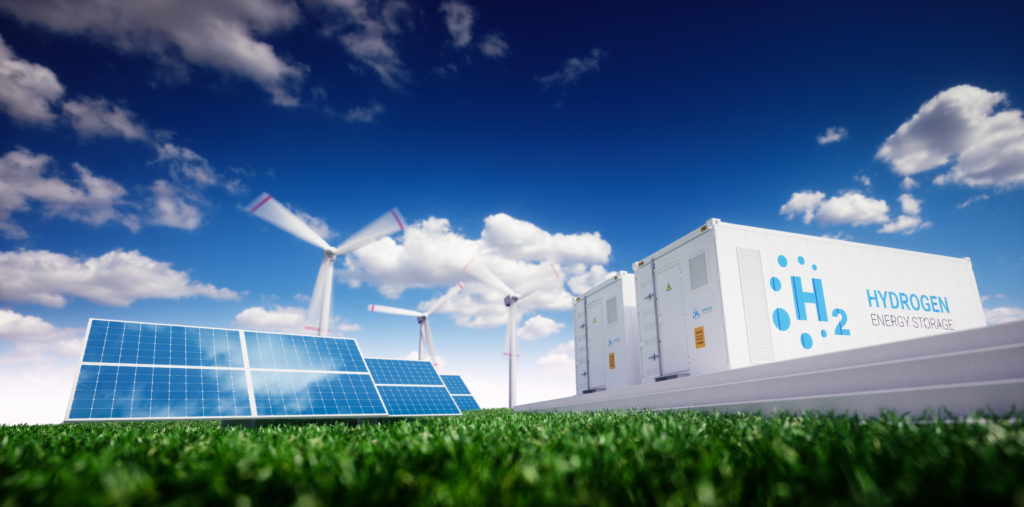Gas Generation
Ultra-thin, porous sheet for optimal mass transport in hydrogen gas generation. Mott is the only company in the world capable of manufacturing porous metal sheet down to .007” thickness, resulting in the best mass transport of any gas diffusion layer (GDL) on the market. Porous metal sheet can be customized for porosity and rigid contact surface to achieve optimal permeability and conductivity for your application. Titanium is standard for most applications, though various other alloys and specialty blends are available upon request.

Questions? Call 860.747.6333 Today!
Related Resources
Typical Applications
- Hydrogen Generation
- Ozone Generation
- Other Gas Generation
Porous Transport Layer (PTL) Case Study
Mott Porous Transport Layers achieve high power densities in gas generation applications due to a proprietary ultra-thin design that delivers optimal mass transport with a smaller footprint.
Gas Diffusion Layers
Mott porous metal gas diffusion layers are the leading choice for high performance electrolyzer and fuel cell applications.
Titanium Sheet Quality Standards
Mott employs the most stringent criteria for its ultra-thin titanium sheet used in various sustainability and alternate energy applications
Lab & Engineering Services
Discover our entire range of services, including rapid prototyping, filter feasibility, media characterization and more.
Explore Mott's Capabilities
Provides an overview of markets served, applications, products, materials, and engineering capabilities.
Pioneering Components for Enhanced Hydrogen Gas Generation
Hydrogen gas generation refers to the production of hydrogen fuel, which is a clean and efficient energy source that emits only water when consumed in a fuel cell. This process is crucial for advancing sustainable energy solutions and reducing reliance on fossil fuels. Mott Corporation stands at the forefront of this technology by offering specialized components that ensure optimal mass transport, which is essential for maximizing the efficiency and output of hydrogen gas generation systems. Their customized porous metal solutions, tailored to specific thicknesses and porosity, provide superior permeability and conductivity, making Mott’s components integral for achieving the best results in hydrogen fuel cell applications.
FAQs: Gas Generation
Q: What is gas generation?
A: Gas generation refers to the process of producing gases, such as hydrogen, through various methods including electrolysis and reforming. Mott provides high-performance components that enhance the efficiency and output of gas generators.
Q: Why is efficient gas generation important?
A: Efficient gas generation is crucial for reducing energy consumption and costs, as well as minimizing environmental impact. It ensures that the maximum amount of gas is produced with the least amount of wasted energy, aligning with sustainability goals.
Q: How do Mott Corporation’s components improve gas generation systems?
A: Mott’s components, such as customized gas diffusion layers and porous metal sheet, improve gas generation systems by optimizing mass transport, reducing ohmic resistance, and ensuring superior permeability and conductivity.
Q: Can Mott Corporation’s gas generation components be customized for specific applications?
A: Yes, Mott Corporation specializes in customizing components to meet the unique requirements of different gas generation applications, including varying thicknesses, porosity, and material composition for specific performance needs.
Q: What materials does Mott Corporation use for their gas generation components?
A: Mott Corporation utilizes a range of materials for their gas generation components, including titanium for standard applications, 430 stainless steel and nickel 200 for solid oxide fuel cells, and specialty alloys like niobium and zirconium for aerospace applications.
Q: How does Mott Corporation ensure the quality of its gas generation components?
A: Mott Corporation employs stringent quality standards and rigorous testing procedures to ensure that all components meet the highest performance criteria for sustainability and alternate energy applications.

